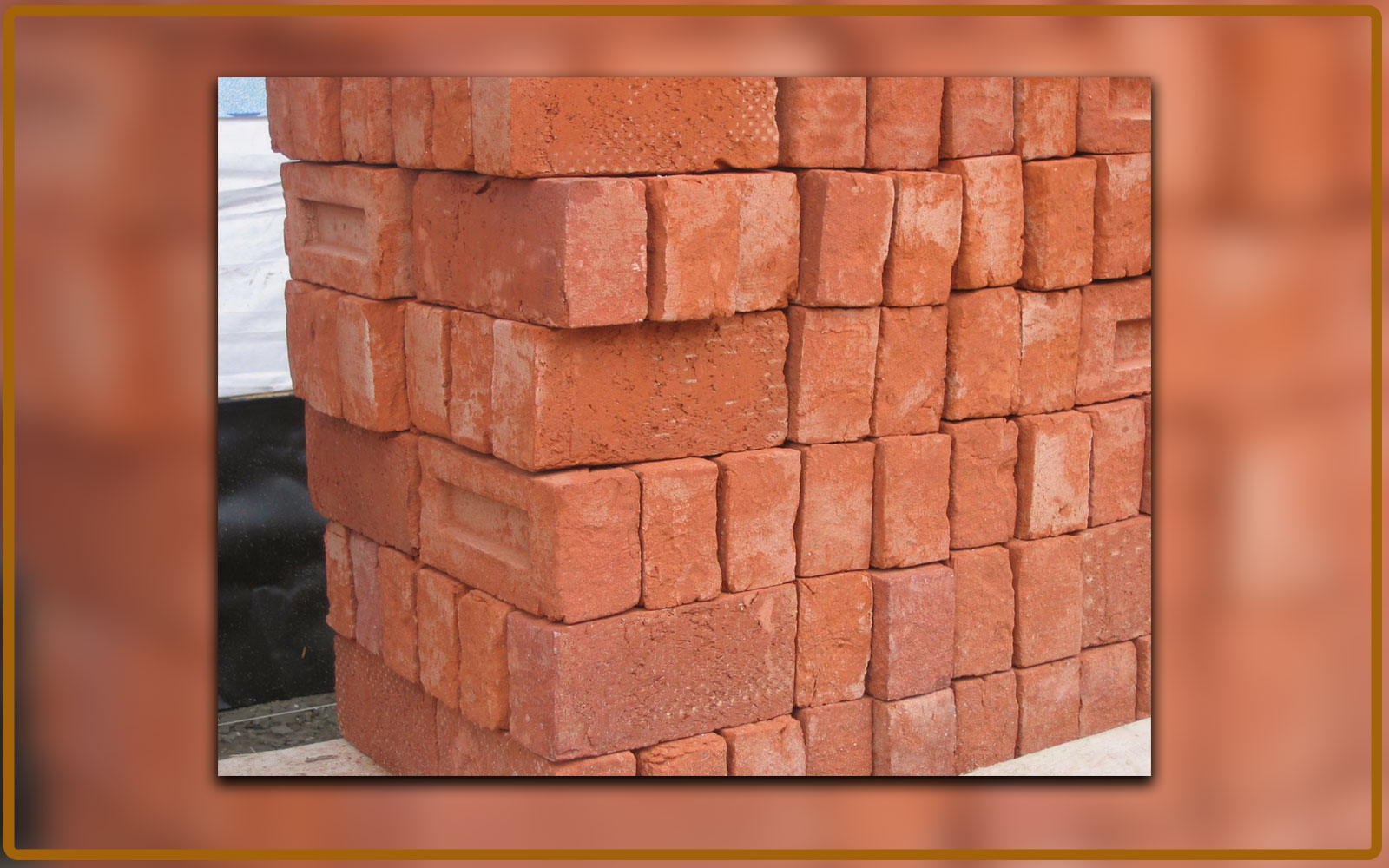Historical sources have shown some of the most important building materials used by ancient Iraqis in the construction of their houses, religious temples, and government institutions in Mesopotamia in general and in the holy city of Karbala in particular (1).
These sources mentioned that among these materials is the "clay" or what was called in the Sumerian language as "Em", which was used throughout the ancient ages as the oldest and most prominent construction material of its kind in the history of architecture, as well as using it later as a "mortar" or as a means for attaching other building materials to each other, and for the purpose of cladding the walls and exterior facades of buildings, where the most prominent of those buildings is the "Shimon Palace" located west of Karbala.
The holy city of Karbala also witnessed the use of the material named "Nora", which was prepared in a complex chemical method to impart intensity and cohesion on construction parts just like what was done in the palace of "Ukhaydir".
The plaster or what was the Acadians named at the time as "Gassu", also was used in Karbala. This material was being prepared by mixing several components in varying proportions before being exposed to high temperatures within special kilns made for this purpose.
Source
(1) Civilizational Buildings in Karbala: by Prof. Zain al-Abidin Musa al-Jaafar and Huda Ali Hussein al-Fatlawi, the series of publications of the Karbala Center for Studies and Research, p. 301

